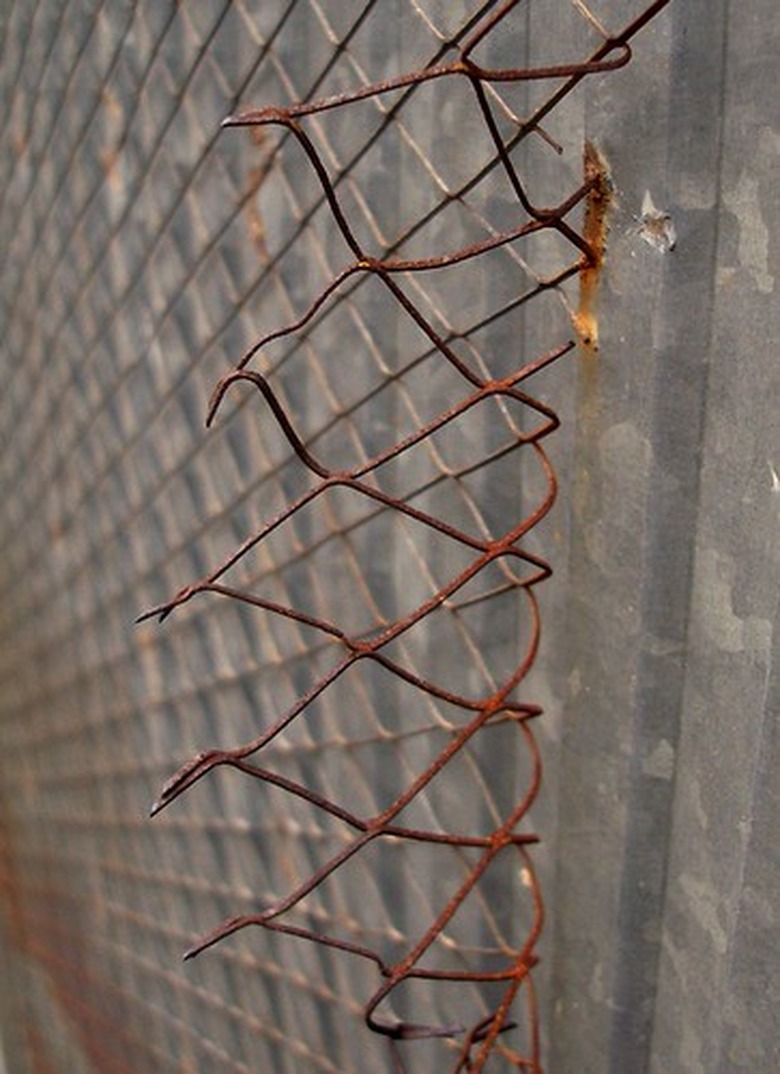Chemical Vs. Physical Reactions
Reactions between two or more molecules result in physical or chemical changes. Physical changes alter matter's appearance and chemical changes alter matter's composition.
Reaction
Reaction
A reaction happens when two or more molecules, or groups of atoms, interact. The result depends on the type of molecule and how they interact. The interaction causes either a physical or a chemical change.
Physical Change
Physical Change
If a physical change occurs, the matter involved remains the same at its molecular level. The molecules rearrange, but the internal structure stays intact. It may look different but it has the same material.
Example Of Physical Change
Example Of Physical Change
The change from water to ice shows an example of physical change. Lowering the temperature of the water causes it to freeze and to take on a different shape, but it still contains hydrogen and oxygen.
Chemical Change
Chemical Change
A chemical change occurs when a reaction causes a change at a molecular level. During this reaction, bonds between atoms break or new ones form. After the reaction, the matter's chemical composition changes, and a new substance forms.
Example Of Chemical Change
Example Of Chemical Change
Rusting shows an example of a chemical change. Rusting occurs when iron (Fe), interacts with oxygen (O). The resulting rust, or iron oxide, has a different chemical composition from its original components.
Cite This Article
MLA
DiPardo, Liz. "Chemical Vs. Physical Reactions" sciencing.com, https://www.sciencing.com/chemical-vs-physical-reactions-5900400/. 24 April 2017.
APA
DiPardo, Liz. (2017, April 24). Chemical Vs. Physical Reactions. sciencing.com. Retrieved from https://www.sciencing.com/chemical-vs-physical-reactions-5900400/
Chicago
DiPardo, Liz. Chemical Vs. Physical Reactions last modified August 30, 2022. https://www.sciencing.com/chemical-vs-physical-reactions-5900400/
